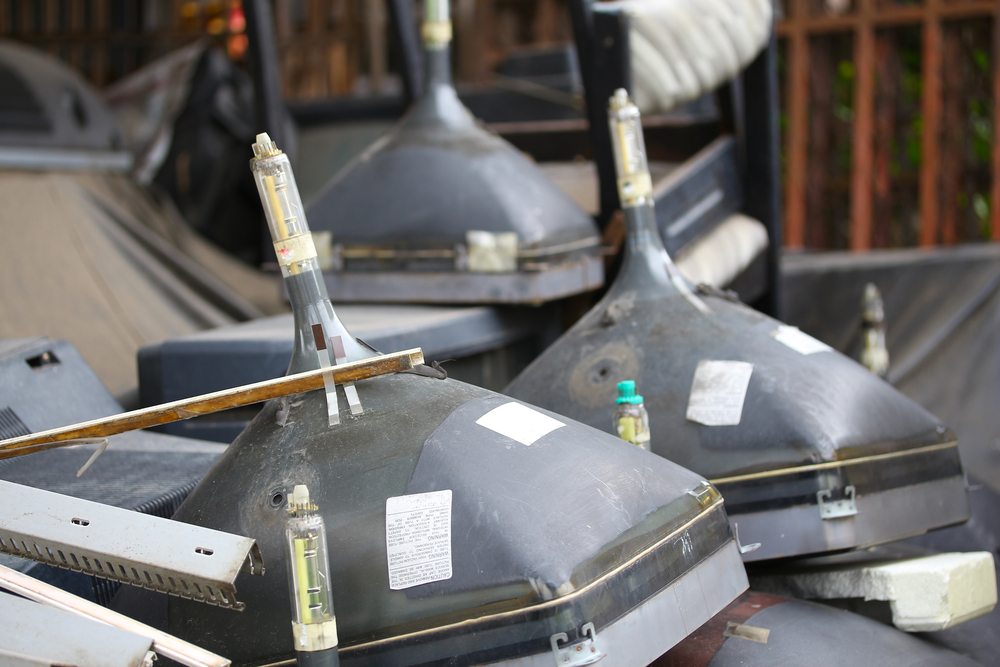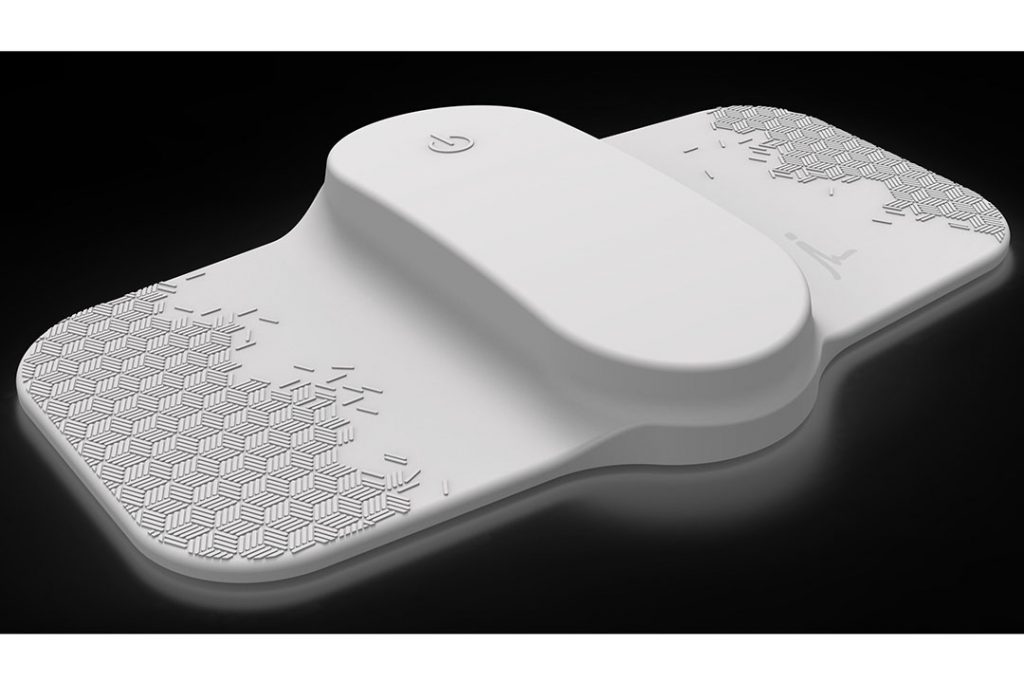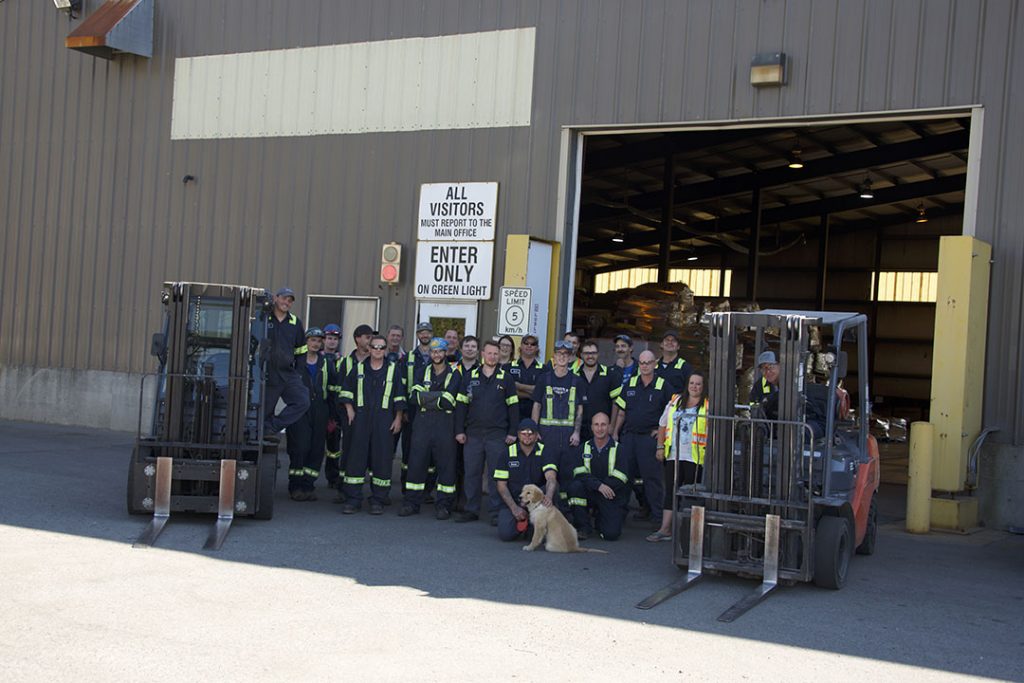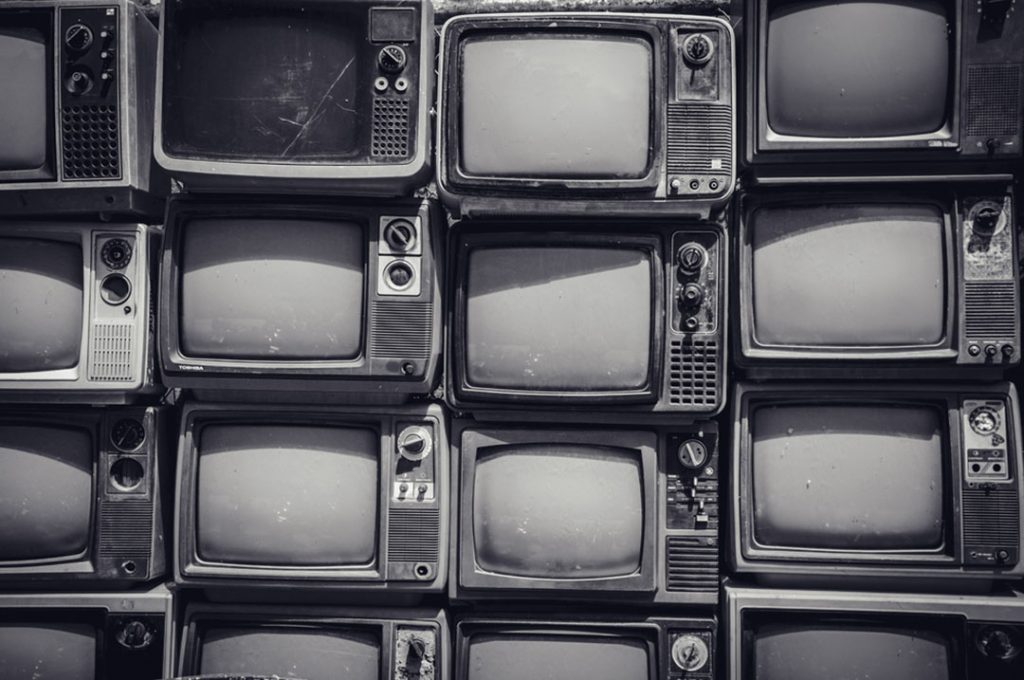
A range of stories drew attention in 2019, including a major CRT lawsuit. | pnuar006/Shutterstock
The past year has given e-scrap and ITAD professionals plenty of reasons to click on our content. A major CRT lawsuit, the fallout from a processor export scandal and Arrow’s decision to exit the business emerged as the topics grabbing the most attention from readers.


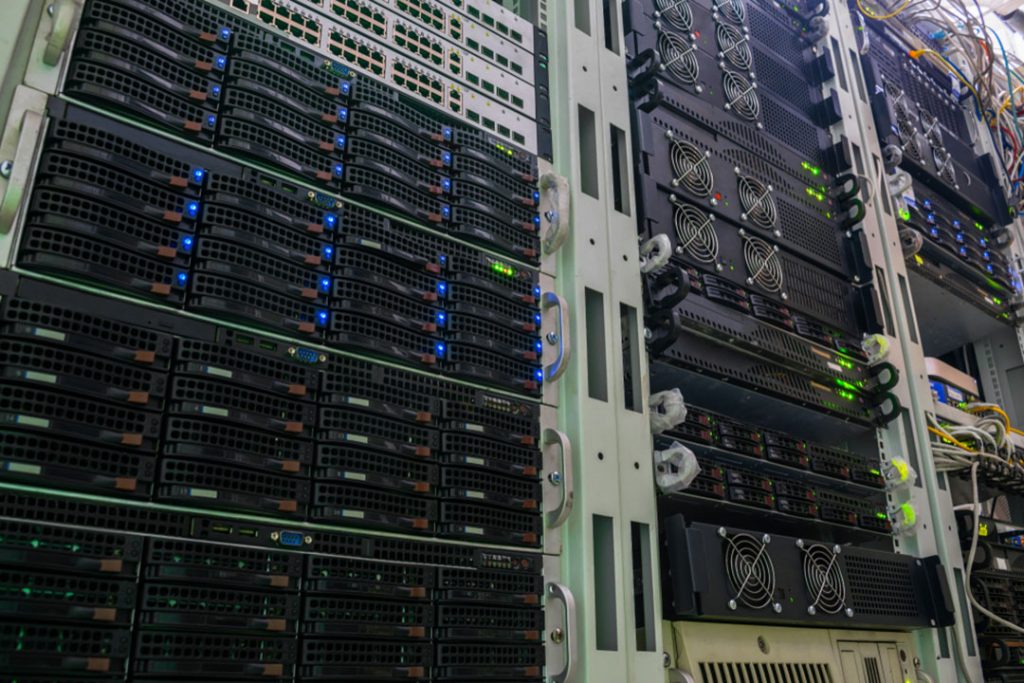
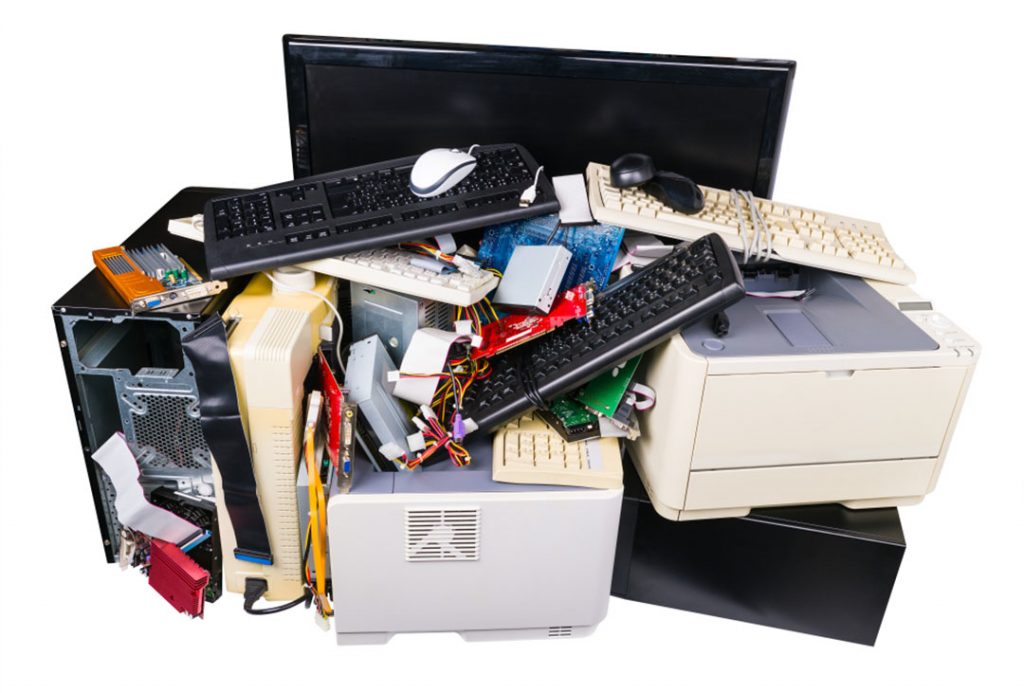

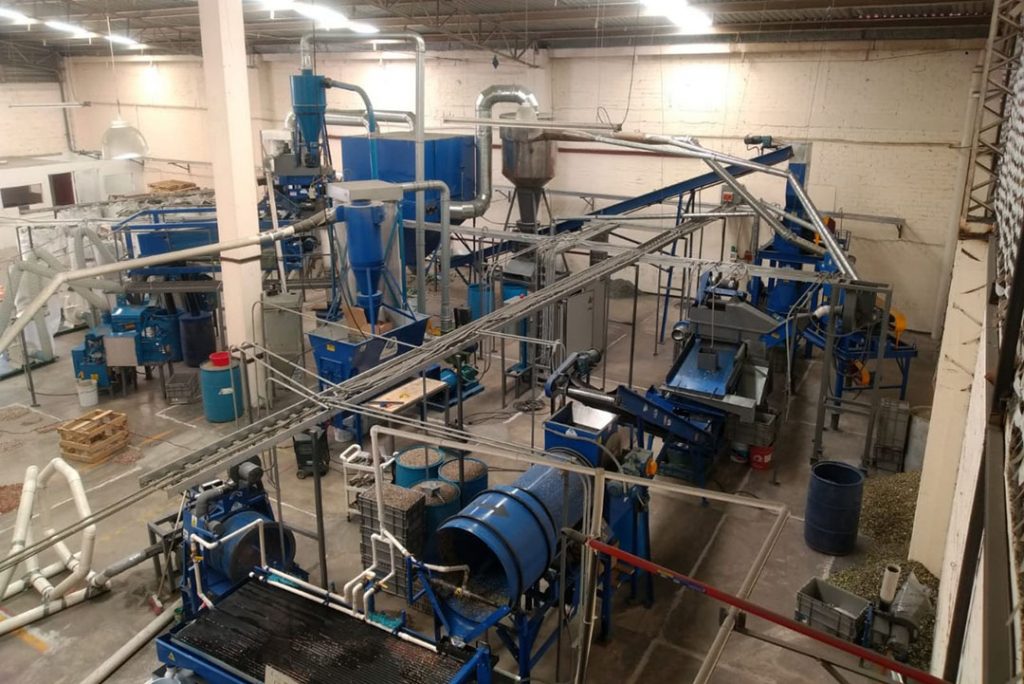 The PCB Scrap Recovery system is designed specifically to process low-grade circuit boards. | Courtesy of PCB Scrap Recovery.
The PCB Scrap Recovery system is designed specifically to process low-grade circuit boards. | Courtesy of PCB Scrap Recovery.

